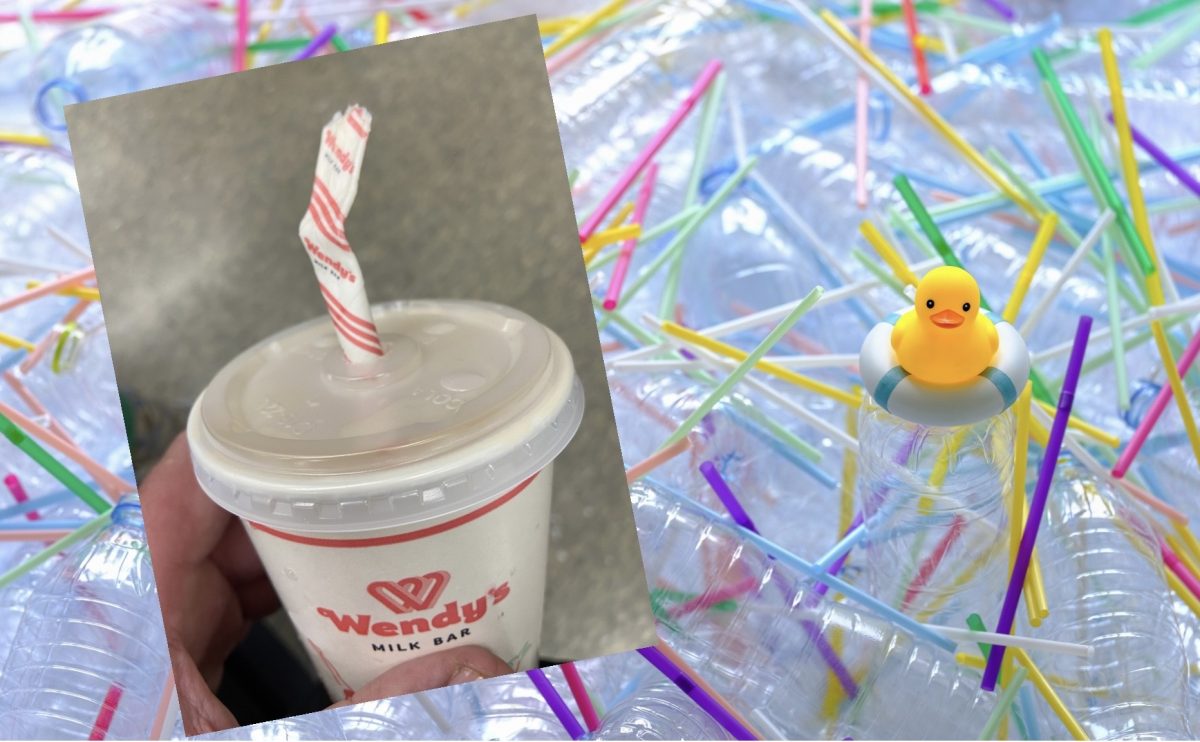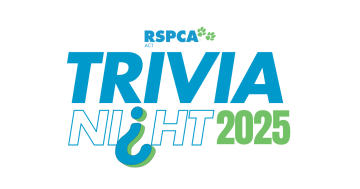
What’s wrong with this picture? Photo: Chris Roe / enviromantic.
I hadn’t had a thick shake in years but decided to give in and join the kids in an ice cream and sugar binge to celebrate their first week back at school.
The caramel shake was just as thick and sweet as I remembered and, for about 10 seconds, I was transported back to my youth when I could suck one down without consequence.
I was only two sips in when the structural integrity of my paper straw was compromised and within seconds it had collapsed into a flat strip of wet cardboard.
Rather than walk back to the milk bar – a journey that would take me past the aggressively friendly charity workers who had attempted to get a lifelong financial commitment to the RSPCA with the line, “Do you like dogs?” – I decided to persist with my flat straw.
It was all downhill from there as the paper tube rapidly deteriorated to the texture of overcooked spaghetti.
As I looked at my sad, sloppy noodle and recalled happier times with more structurally sound plastic tubes, I noticed that the lid, through which my ‘environmentally friendly’ paper scroll was placed, was made from unrecyclable plastic.
“Now they are just teasing me!” I thought as I abandoned the half-finished $9.20 drink and picked scraps of milky paper off my tongue.
Worst. Beverage. Experience. Ever.
Where did it all go so wrong?
Look, I get it, single-use plastic straws are not great for the environment and are like turtle-seeking missiles in the ocean, but why have we not come up with a better alternative than paper – a material that is famously not waterproof?
The added irony of paper straws is that they are not recyclable and are often coated with wax or a thin film of plastic that disqualifies them from biodegradability.
So what’s the alternative?
Paper remains the cheapest option, and if it’s not dyed or coated, it is environmentally friendly, but the user experience is horrendous.
Reusable is obviously the best option, but few of us are likely to have a metal or silicone straw on hand at the mall when the impulse strikes.
To Wendy’s credit, they do offer the option to upgrade to a reusable straw for an additional fee, but when it takes the cost of a thick shake to more than $10, it’s a bit hard to swallow.
Looking to history, the ancient Sumerians were slurping beer through reusable metal straws more than 5000 years ago to get beneath the floaters and to filter out the sediments.
Reeds were also popular back in the day and, in the 19th century, ryegrass stalks were all the rage but they added a weird taste and broke down quicker than my wet noodle from Wendy’s.
Reeds are back in 2024 along with bamboo straws and they certainly present a great solution using a renewable resource, but I’ve yet to see them being used in the wild.
Wheat straws or pasta straws are another option and surprisingly, they are gluten-free, being made from a wheat by-product rather than the grains themselves.
Hopefully, some of the more structurally sound options will begin to enter circulation as we continue moving away from single-use plastic, but in the meantime, I’m unlikely to splash out on a thick shake any time soon.
Original Article published by Chris Roe on Region Riverina.














